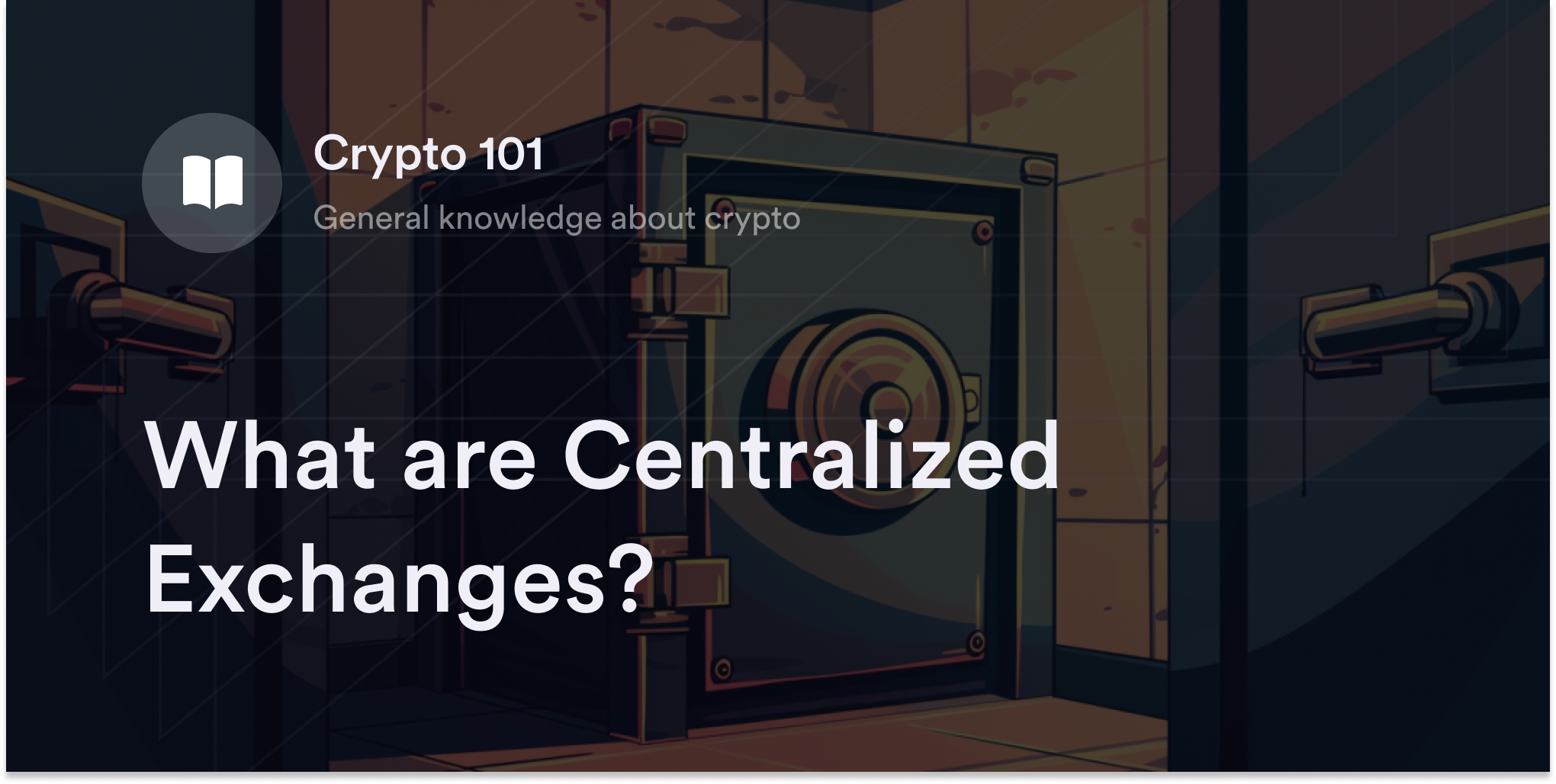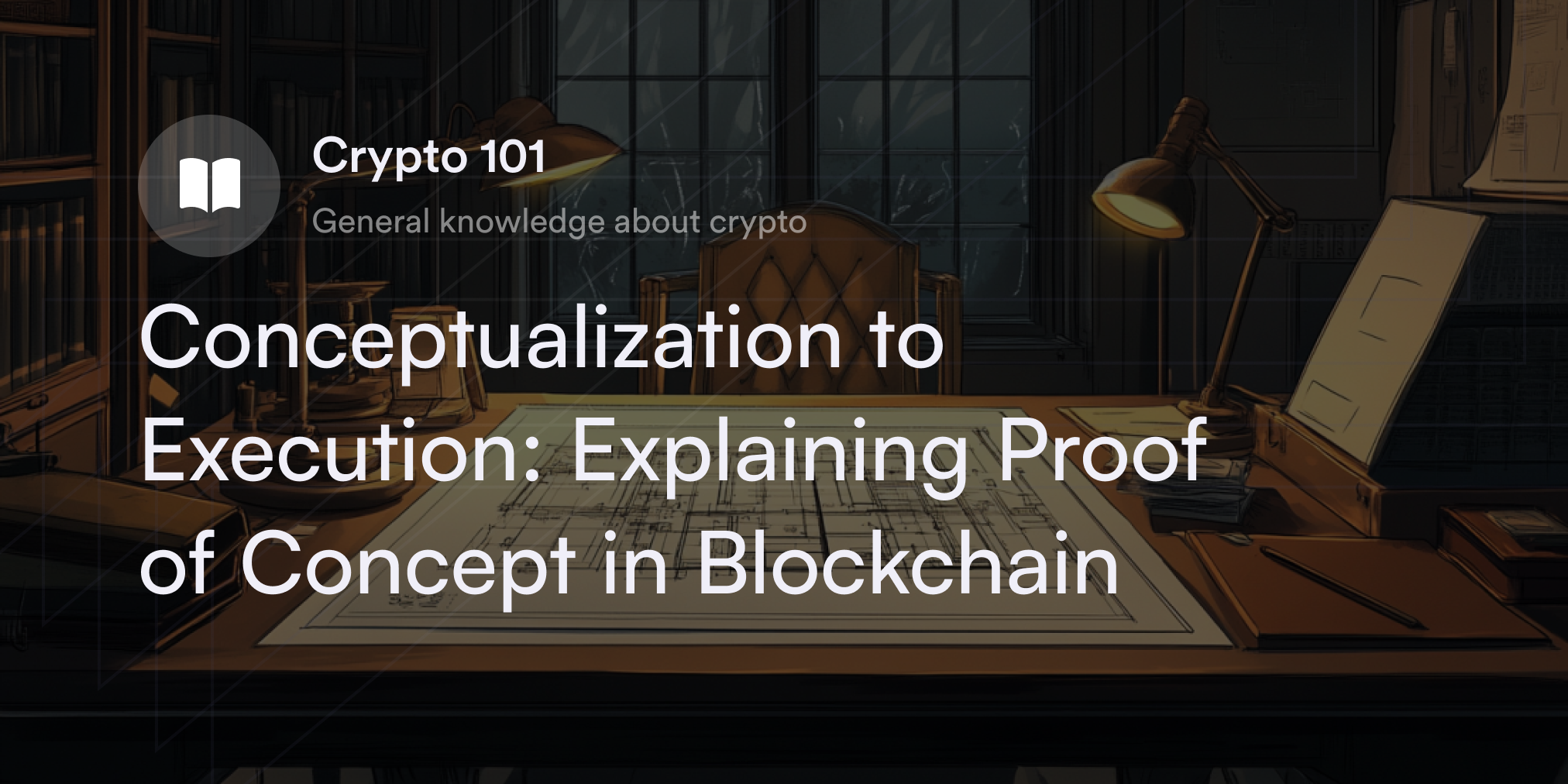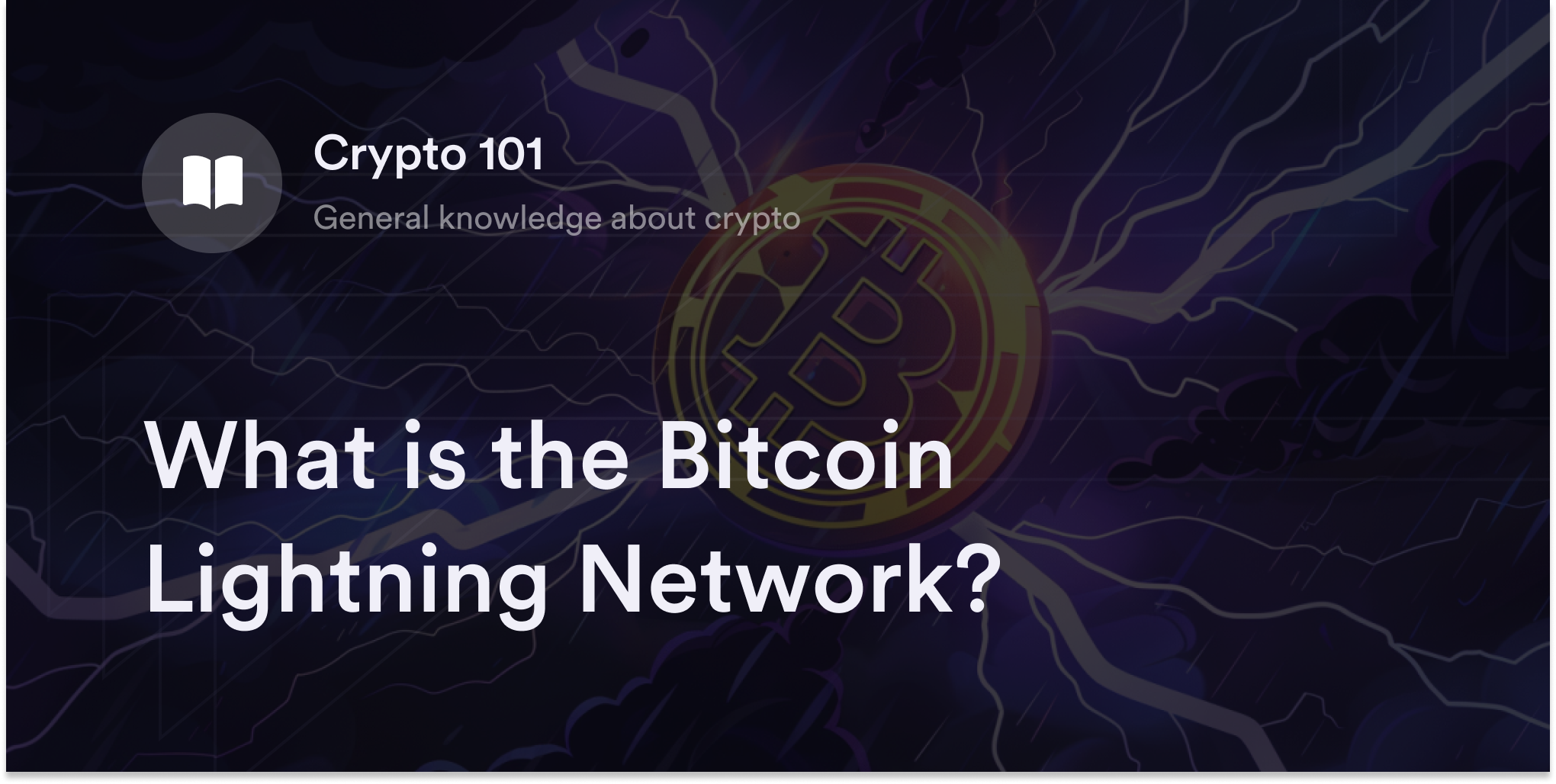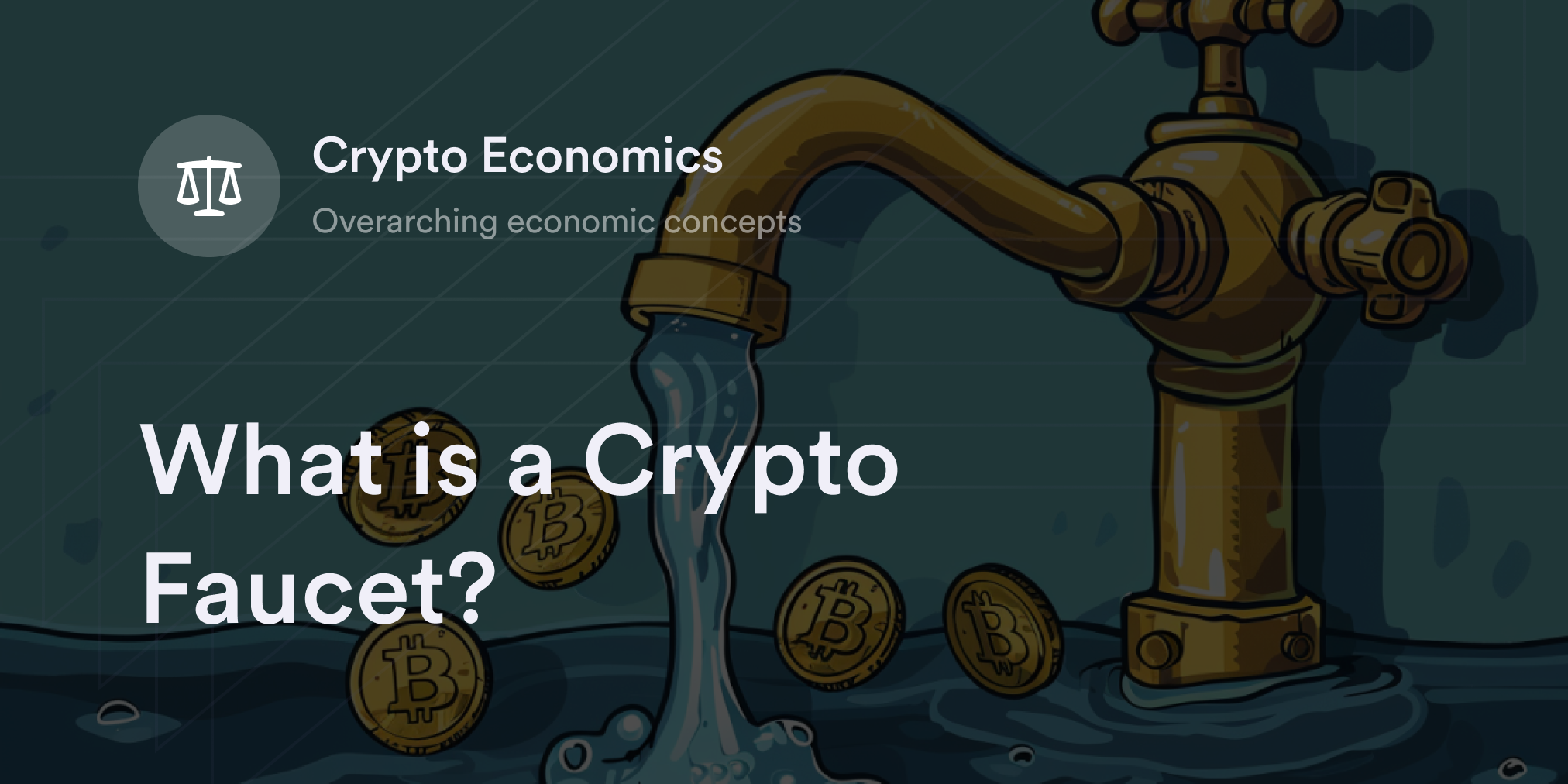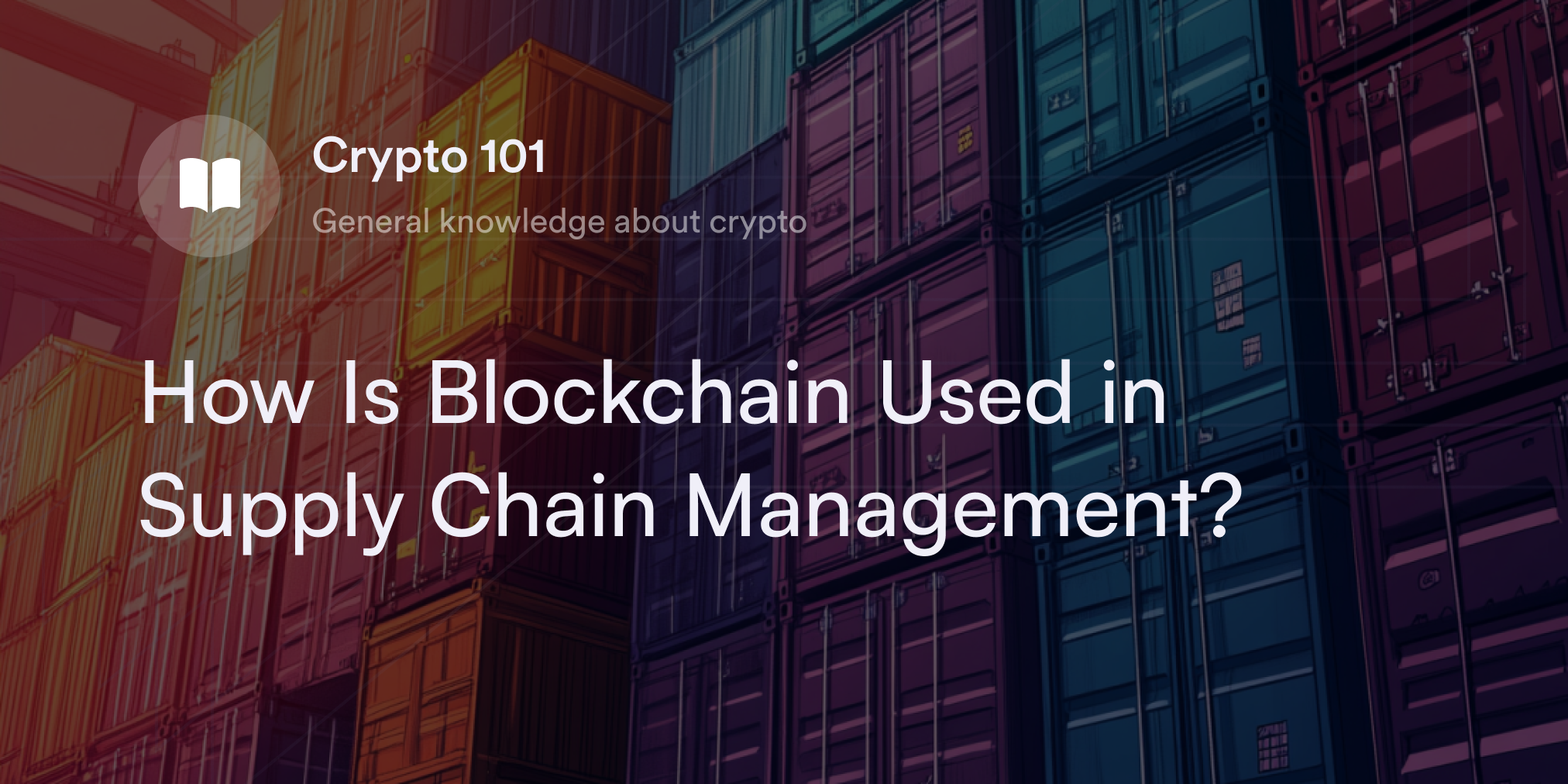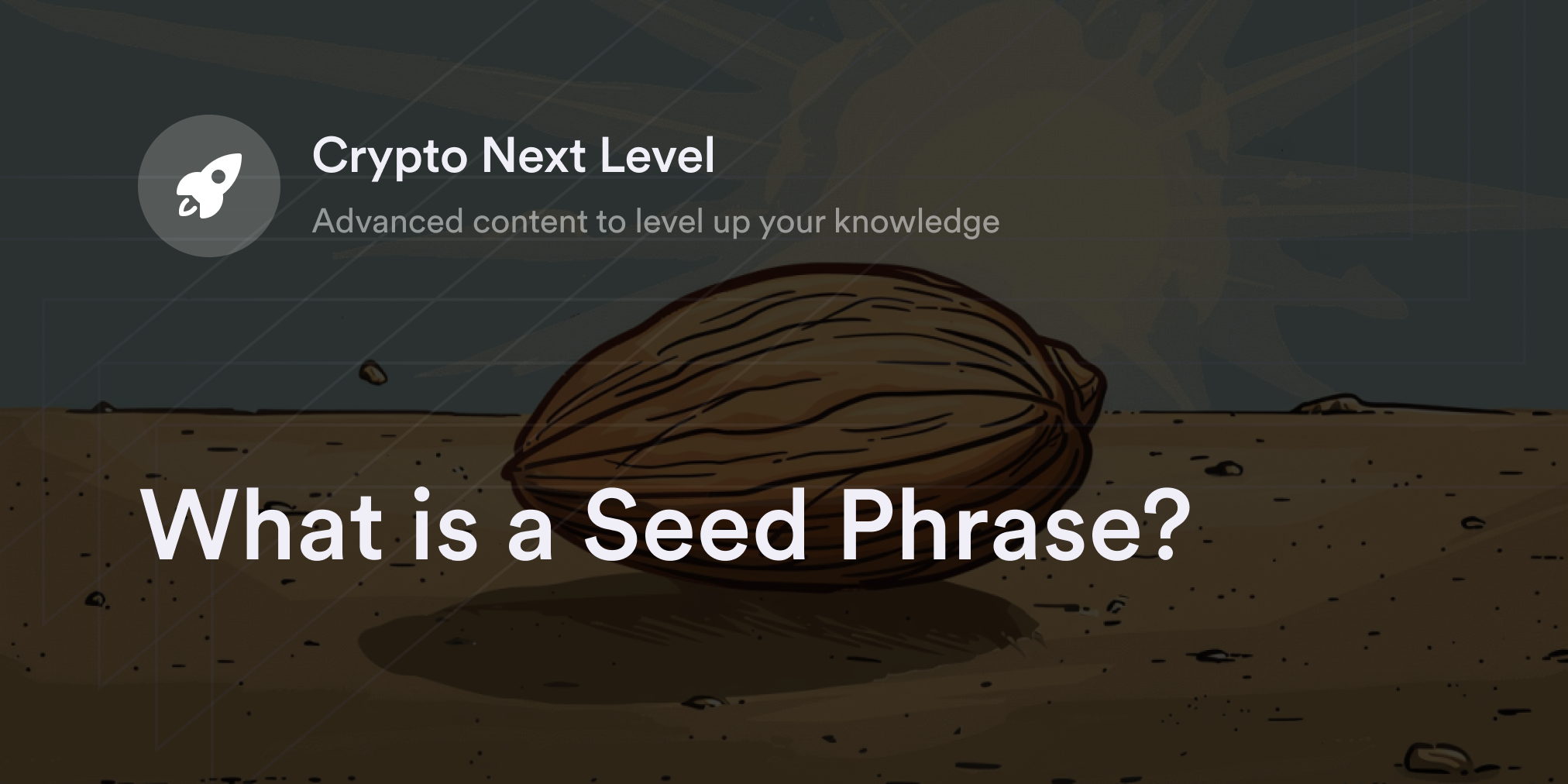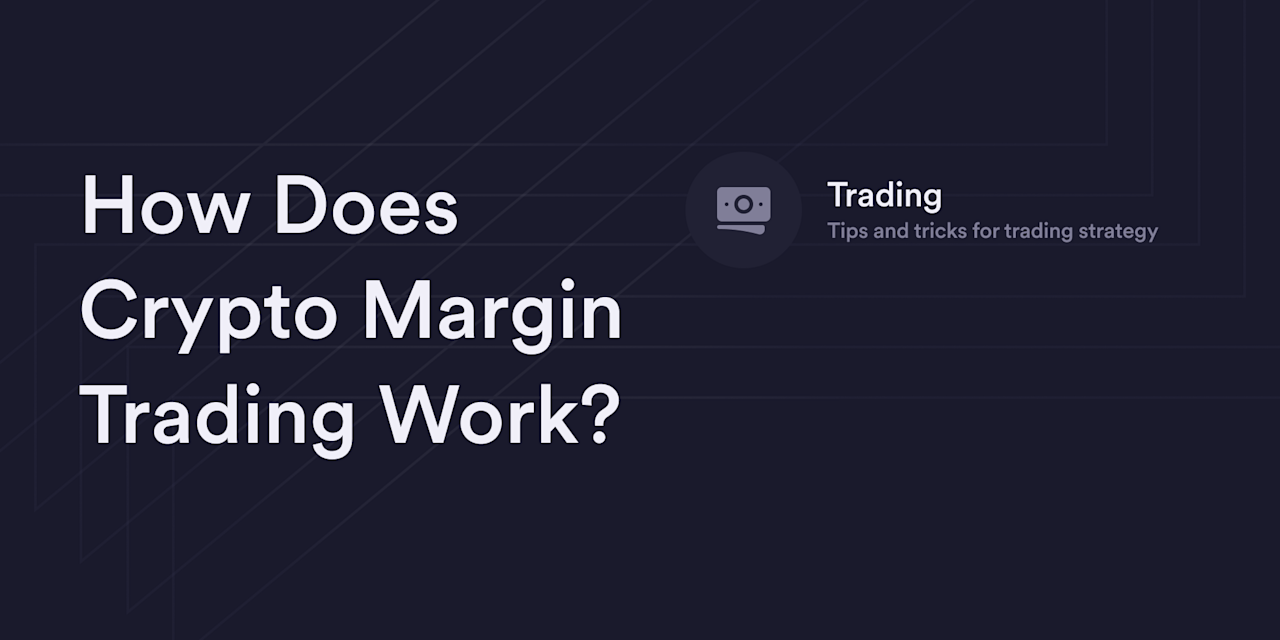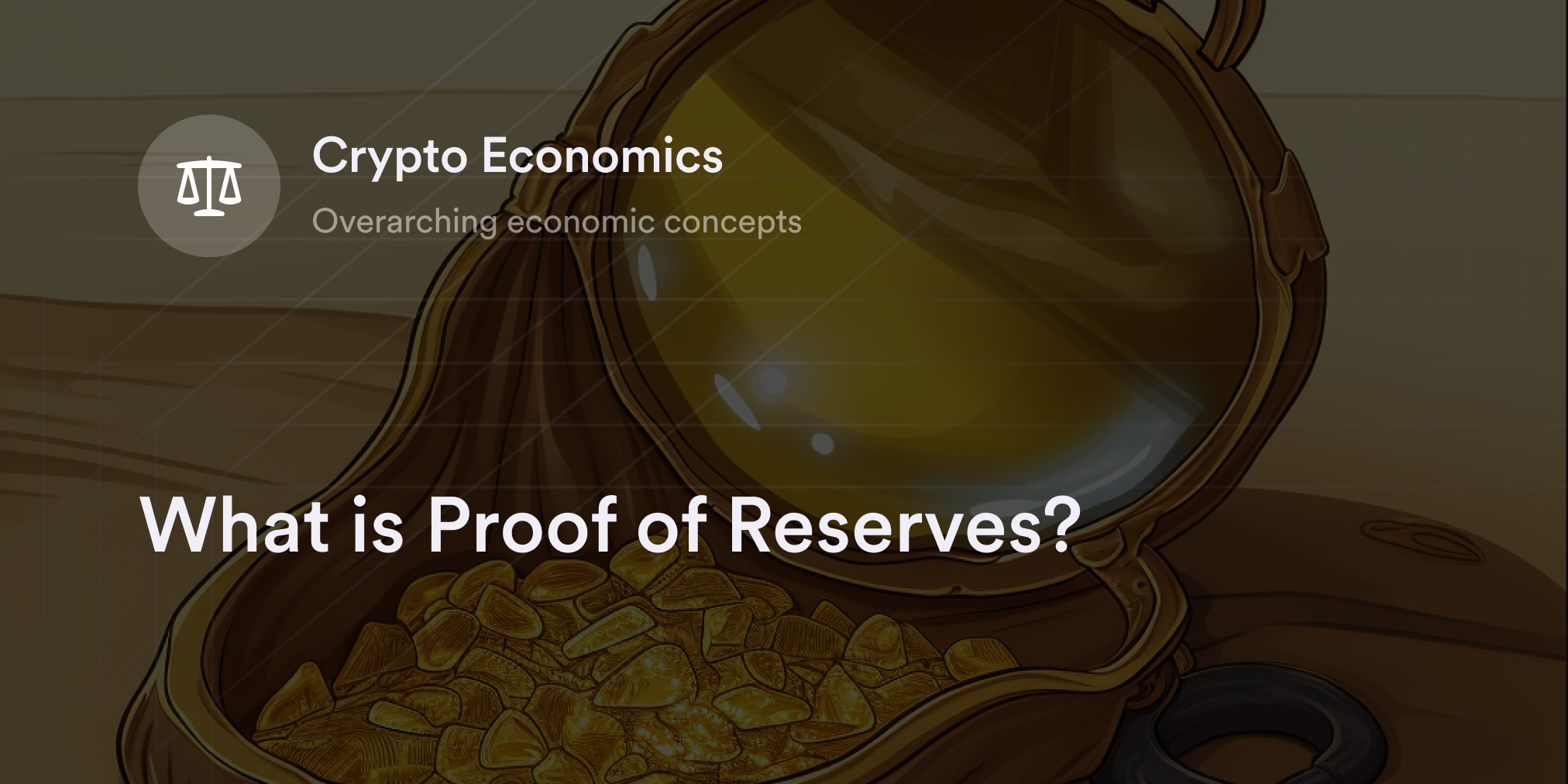
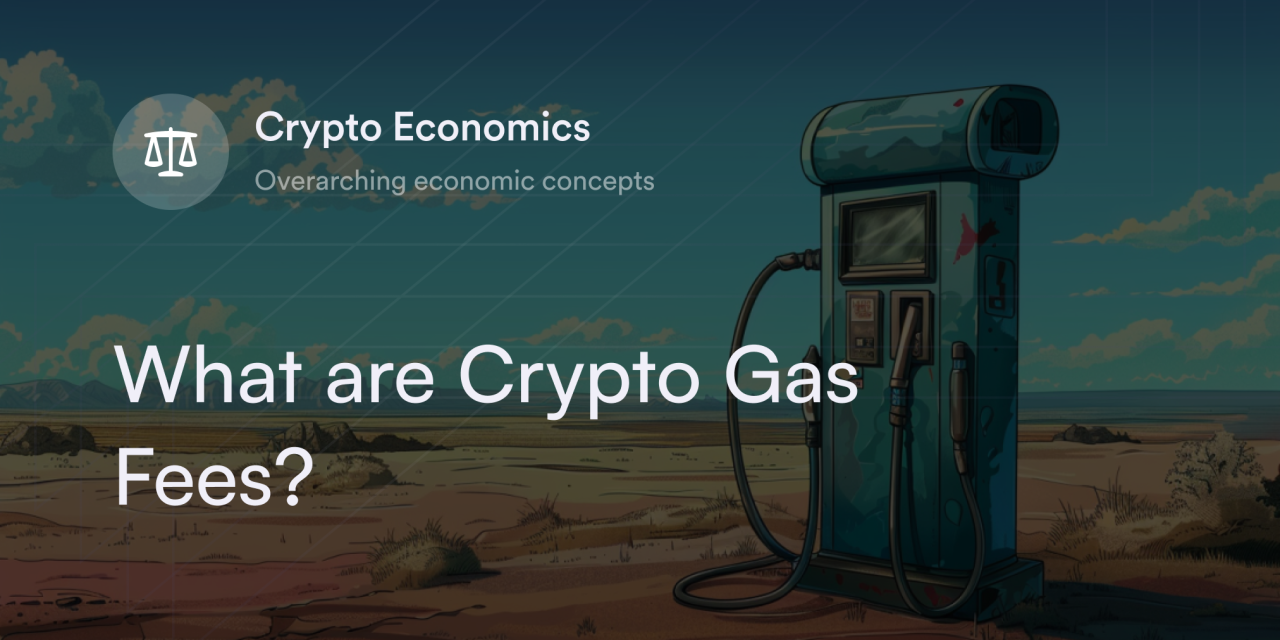

Because cryptocurrencies run on decentralized blockchain networks, some prospective traders assume there aren’t fees associated with transferring digital coins. It’s not a big leap—after all, there are no central authorities, like banks and companies, to track these assets and collect compensation.
However, although no institutions govern blockchain networks, fees are attached to every cryptocurrency transaction. These "gas fees" are unique to each network and calculated based on different factors. In other words, some blockchains are cheaper than others.
Depending on the time of day and the blockchain’s usage, gas fees can noticeably impact an trader’s buying power. Fortunately, learning to navigate crypto gas fees is an easy way to save money.
What are Cryptocurrency Gas Fees?
In short, gas fees are extra transaction costs traders pay to use digital assets on a blockchain.
Whenever people transfer coins between wallets, make purchases, or trade currencies, they pay a fee to post the transaction on the relevant blockchain's payment ledger. Although the term "gas fees" is closely associated with the Ethereum network, all blockchains charge similar fees to process transfers. For example, older blockchains like Bitcoin and Litecoin use the term "transaction fees" rather than "gas fees," but the mechanics and purpose behind these fees are the same.
Blockchains charge gas fees to compensate “nodes”: individual computers used to validate cryptocurrency transactions. Because blockchains are decentralized networks, projects like Bitcoin and Ethereum can't hire employees to run servers for their cryptocurrencies. To incentivize nodes to voluntarily use computing power on a blockchain, developers use gas fees as a reward. In other words, all collected gas fees go directly to a network's validators.
How are Gas Fees Calculated?
Most blockchains use advanced protocols to calculate average gas fees in real time. Although each cryptocurrency network has different standards for setting gas fees, a few common factors almost always impact the expected price of a transaction cost:
Network congestion: Gas fees rise during times of extreme network activity. The more people transfer assets simultaneously on one blockchain, the greater the fees. Many blockchains, including Ethereum, use dynamic algorithms to adjust the average gas price depending on the current level of demand. The goal of this strategy is to naturally reduce demand when blockchains become too overcrowded by charging greater fees. For example, Ethereum gas fees rose to an average of $440 per transaction when the non-fungible token (NFT) studio Yuga Labs dropped its highly-anticipated "Otherside" NFTs on the network in 2022 and drove up traffic.
Transaction complexity: Generally, less complex transactions—like sending a few coins between wallets—don't have high transaction costs. Gas fees tend to rise when traders use more advanced features, like trading on decentralized finance (DeFi) platforms or minting NFT collectibles.
Consensus mechanism: Each blockchain follows different protocols to achieve consensus and verify transfers. For example, Bitcoin (BTC) uses a Proof-of-Work (PoW) model where computers solve algorithmic problems every 10 minutes to post a new block of BTC transfers. In contrast, blockchains like Ethereum use Proof-of-Stake (PoS) systems in which validators “stake” a set amount of cryptocurrency to validate transactions. The code governing different blockchain protocols often influences average fee distribution.
Tipping functions: Some blockchains, like Ethereum, allow users to manually input a “priority fee” for faster transaction speeds. Since these users are willing to pay more for their transfers, validators prioritize them over others. In fact, “gas wars” is a term that refers to instances when crypto users aggressively outbid each other for the fastest confirmation speeds. The more people simultaneously opt to use faster transaction speeds, the higher the average fees on a blockchain.
How to Check Current Gas Fees:
When traders prepare to make a cryptocurrency transfer on the platform of their choice, it shows them the estimated gas fee before they confirm the transaction. But traders don't need to wait for this payment summary to calculate their expected gas fees.
Dozens of third-party websites constantly monitor network activity on blockchains, including Bitcoin, Ethereum, and Polygon. With these resources, traders can review reputable third-party cryptocurrency price aggregator websites or blockchain explorers to see the average gas fee in real-time.
A few of the most widely used websites with "crypto gas trackers" include:
Etherscan
CoinMarketCap
CoinGecko
Blockchain.com
Do Cryptocurrency Exchanges Charge Gas Fees?
Like blockchains, each cryptocurrency exchange charges fees differently.
Some centralized crypto exchanges (CEXs), like Coinbase, do not collect gas fees because cryptocurrency transfers are made between users off-chain. CEXs charge commission fees, however, for providing the service. On the other hand, decentralized crypto exchanges (DEXs) like dYdX charge gas fees when traders make transactions. Since DEXs are built directly on blockchains like Ethereum, they need to charge these fees to compensate validator nodes.
But just because DEXs charge gas fees doesn't mean they're inherently the more expensive option. In some cases, DEXs are cheaper to trade on than CEXs. For instance, dYdX v3 integrates with a protocol called "StarkEx" to offer users a low-fee trading experience on the Ethereum blockchain. At the end of the day, the transaction costs of an exchange depend on an exchange's specific fee structure, which is subject to changes over time.
Who has the Lowest Gas Fees in Crypto?
Hundreds of projects have cheap gas rates, so choosing one project with the "lowest" transaction costs at a given point in time is difficult.
However, most of the least expensive cryptocurrency projects are either layer 2 scaling solutions (L2s) or new PoS chains. L2s are protocols that link with pre-existing blockchains like Bitcoin or Ethereum and offer a faster and cheaper transaction experience. Examples of low-fee L2s include Polygon, Arbitrum, and StarkEx.
PoS chains are standalone projects that use the Proof-of-Stake algorithm to validate transactions. Some new PoS chains, known as "Ethereum killers," emphasize their faster transaction speeds and cheaper fees to compete with Ethereum. Examples of PoS chains with low gas fees include Cardano, Solana, and Avalanche.
How to Save on Gas Fees
Traders looking to bypass cryptocurrency gas fees completely are in for a disappointment: they’re unavoidable. However, using the right strategies can dramatically reduce the cost of transferring tokens. Here are simple ways to minimize fee exposure:
Always double-check network congestion: Use free gas calculators on popular reputable sites like Etherscan, CoinMarketCap, and CoinGecko to preview current network activity and average fees. It's also helpful to compare current gas fees with historical trends to see whether it's the optimal time to make a transaction.
Avoid trading during significant events: If there are highly anticipated cryptocurrency events scheduled on a network, chances are gas fees will rise during these times. For example, blockchains often experience higher activity when prominent NFT projects release digital collectibles (think back to Yuga Labs). Keep up with upcoming NFT drops, blockchain updates, and other cryptocurrency-related news to avoid trading during busy times.
Set a maximum amount of gas: Some wallets, like Coinbase Wallet and MetaMask, let users set the maximum amount they’re willing to spend on gas. The transaction won't post if fees exceed a wallet's pre-set gas limit, meaning you never have to worry about overpaying.
Experiment with L2s or low-fee PoS chains: Dozens of L2 protocols like Polygon, Optimism, and the Bitcoin Lightning Network offer lower fees on popular blockchains like Bitcoin and Ethereum. And dozens of new PoS chains like Solana, the BNB Smart Chain, and Cosmos have extremely cheap average gas fees. These alternative projects may be more cost-effective than legacy blockchains like Bitcoin and Ethereum.
Enjoy Low-Fee Cryptocurrency Trading on dYdX
dYdX wants to offer traders the lowest-fee cryptocurrency derivatives experience in DeFi. To do so, the dYdX team integrated with Starkware's revolutionary L2 scaling solution, StarkEx, to avoid high gas fees on Ethereum's main chain. To reduce gas costs further, dYdX v4 will launch as a standalone blockchain in the Cosmos ecosystem for a fast and feeless trading experience.
Check out our blog and YouTube channel to learn more about dYdX and our product. You can also browse our academy and improve your understanding of cryptocurrency and trading strategies. Head to our main page to start trading on dYdX today!
Disclaimer
The content of this article (the “Article”) is provided for general informational purposes only. Reference to any specific strategy, technique, product, service, or entity does not constitute an endorsement or recommendation by dYdX Trading Inc., or any affiliate, agent, or representative thereof (“dYdX”). Use of strategies, techniques, products or services referenced in this Article may involve material risks, including the risk of financial losses arising from the volatility, operational loss, or nonconsensual liquidation of digital assets. The content of this Article does not constitute, and should not be considered, construed, or relied upon as, financial advice, legal advice, tax advice, investment advice, or advice of any other nature; and the content of this Article is not an offer, solicitation or call to action to make any investment, or purchase any crypto asset, of any kind. dYdX makes no representation, assurance or guarantee as to the accuracy, completeness, timeliness, suitability, or validity of any information in this Article or any third-party website that may be linked to it. You are solely responsible for conducting independent research, performing due diligence, and/or seeking advice from a professional advisor prior to taking any financial, tax, legal, or investment action.
You may only use the dYdX Services in compliance with the dYdX Terms of Use available here, including the geographic restrictions therein.
Any applicable sponsorship in connection with this Article will be disclosed, and any reference to a sponsor in this Article is for disclosure purposes, or informational in nature, and in any event is not a call to action to make an investment, acquire a service or product, or purchase crypto assets. This Article does not offer the purchase or sale of any financial instruments or related services.
By accessing this Article and taking any action in connection with the information contained in this Article, you agree that dYdX is not responsible, directly or indirectly, for any errors, omissions, or delays related to this Article, or any damage, injury, or loss incurred in connection with use of or reliance on the content of this Article, including any specific strategy, technique, product, service, or entity that may be referenced in the Article.
